![]()
A rare collection of some of the world’s earliest photographs is coming up for sale. Sotheby’s will be selling nearly 200 photos by 19th-century photography pioneer William Henry Fox Talbot at auction in New York next month.
The sale, titled “50 Masterworks to Celebrate 50 Years of Sotheby’s Photographs,” celebrates the auction house’s Golden Jubilee and will be held in both New York and London from April 12th through the 22nd.
“The two-part sale in New York and London encompasses nearly 200 years of global photographic history,” Sotheby’s states, “including superb examples by 19th century practitioners such as William Henry Fox Talbot, Carleton Watkins, Gustave Le Gray, and Peter Henry Emerson; prints by pioneering women artists Anne Brigman, Imogen Cunningham, and Lee Miller; modernist works by František Drtikol, Erwin Blumenfeld, and Edward Weston; exceptional post-war images by Robert Frank, Roy DeCarava, and Lee Friedlander; fashion photographs by Richard Avedon, Irving Penn, and Peter Lindbergh; and contemporary masterworks by Sebastião Salgado, Richard Misrach, Nobuyoshi Araki, and Chris Levine, among many others.”
It’s “arguably the most important lot of 19th-century photographs to ever come to market,” Sotheby’s tells CNN.
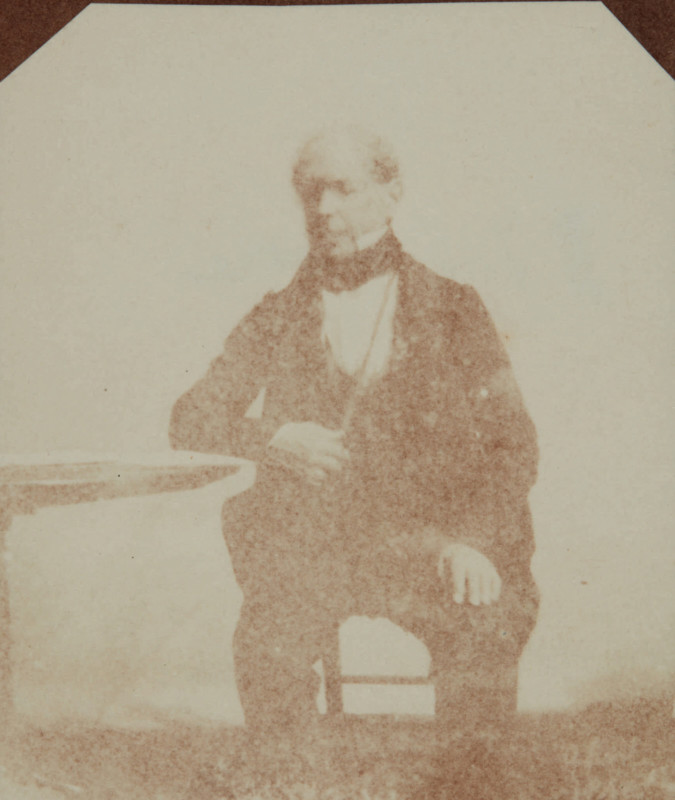
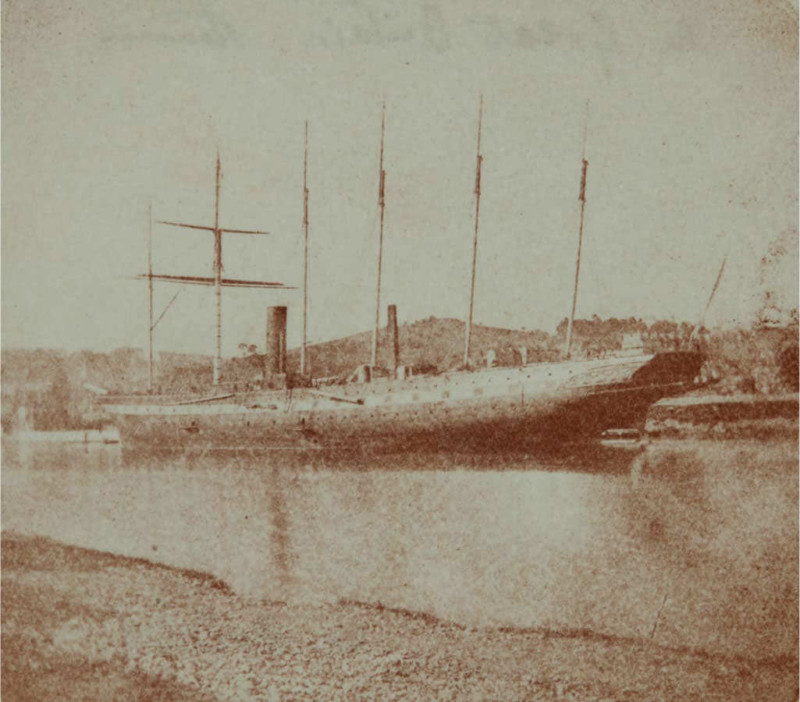
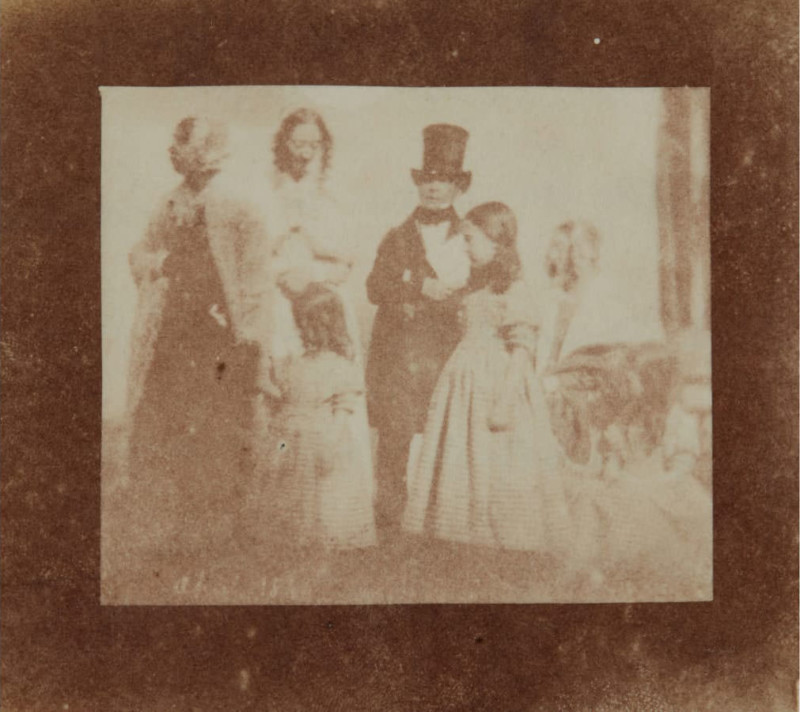
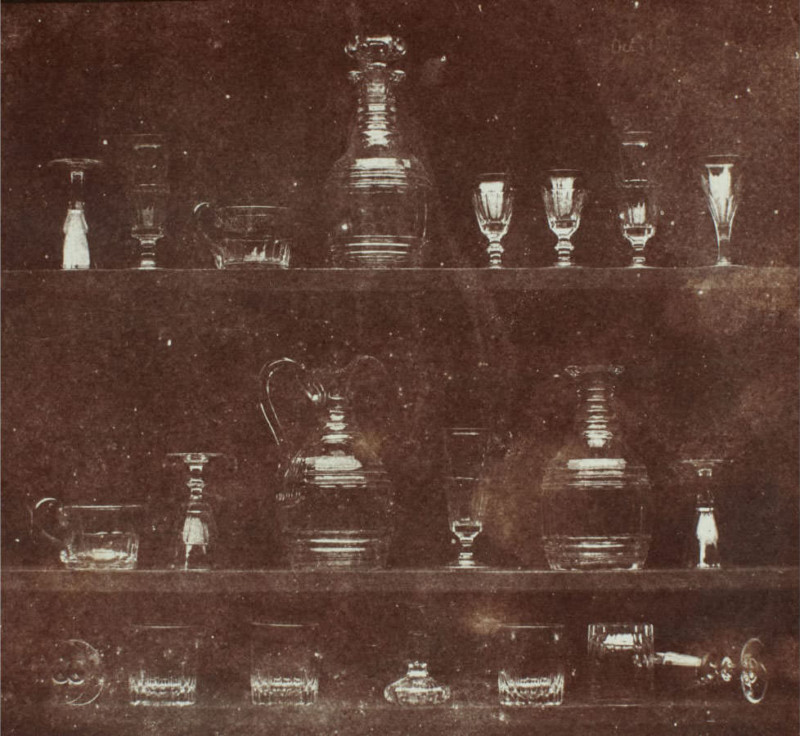
The lot containing 191 photos by Fox Talbot are expected to fetch between $300,000 and $500,000. It contains both individual photographic prints as well as seminal photo books such as The Pencil of Nature and Sun Pictures in Scotland.
The collection was given as a gift from Fox Talbot to Henrietta Horatia Maria Gaisford, his half-sister, and it has been passed down through her family until now. Some photographs from the lot may be the only surviving copies of those images.
“Over the years, these photographs have become harder and harder to find, because they are snapped up and are in private or institutional collections,” Sotheby’s photo head Emily Bierman tells CNN. “To have a full collection… is something you couldn’t even dream up.”
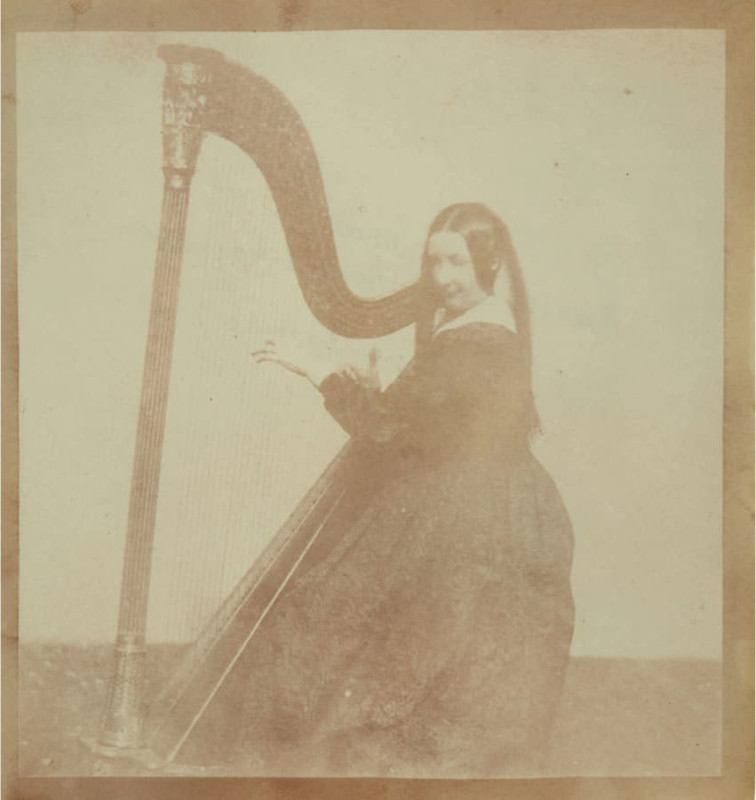
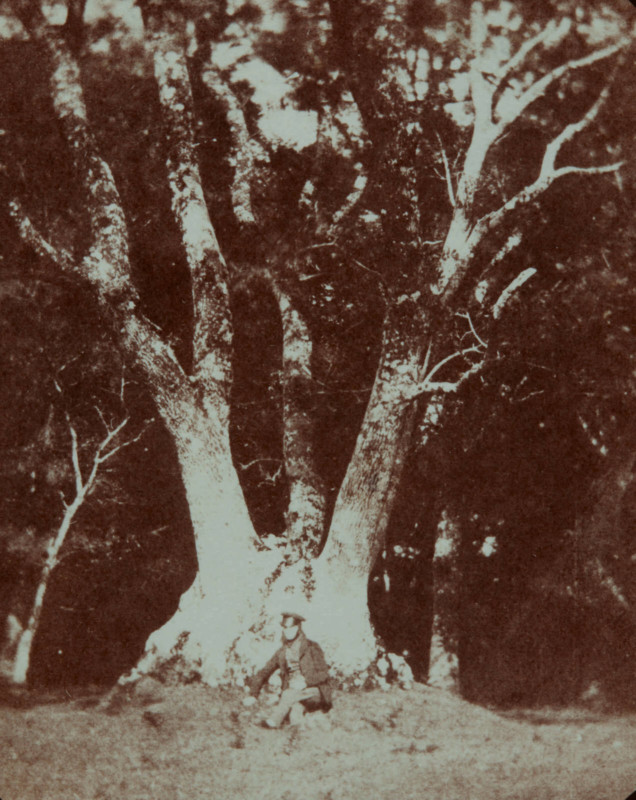
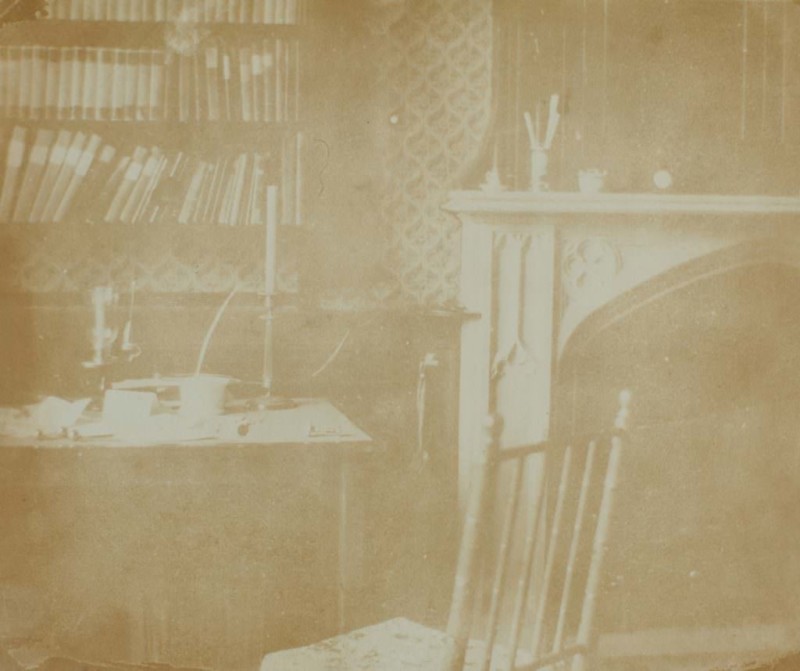
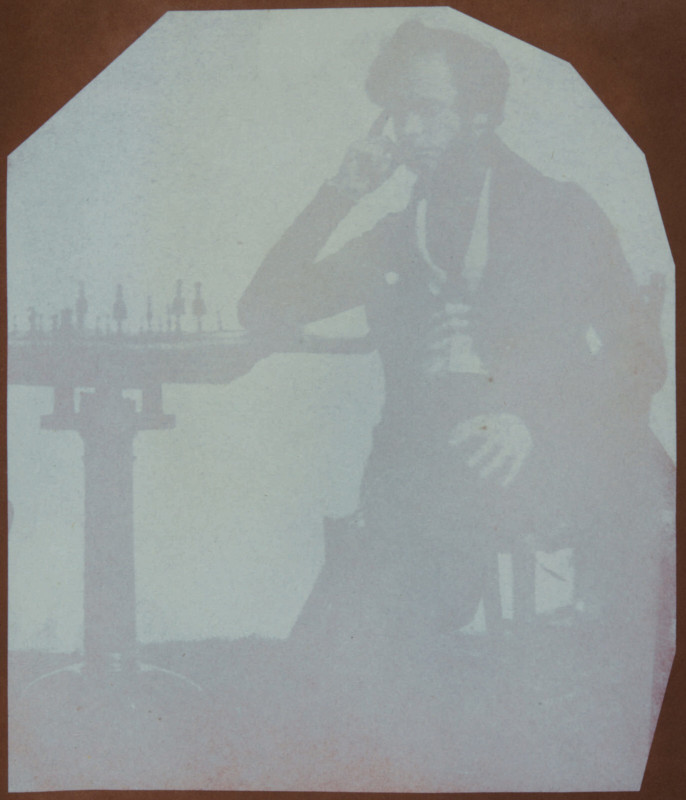
William Henry Fox Talbot (1800-1877) invented the salted paper and calotype photographic processes, which paved the way for the other processes that would appear over the following two centuries. In addition to being a technical pioneer, Fox Talbot also helped make photography an artistic medium.
Head on over to the sale page on the Sotheby’s website if you’re interested in this sale and/or would like to browse through the historically significant photos that will soon be hitting the auction block.
Image credits: Header photo by William Henry Fox Talbot and via Sotheby’s
Author: Michael Zhang
Source: Petapixel



